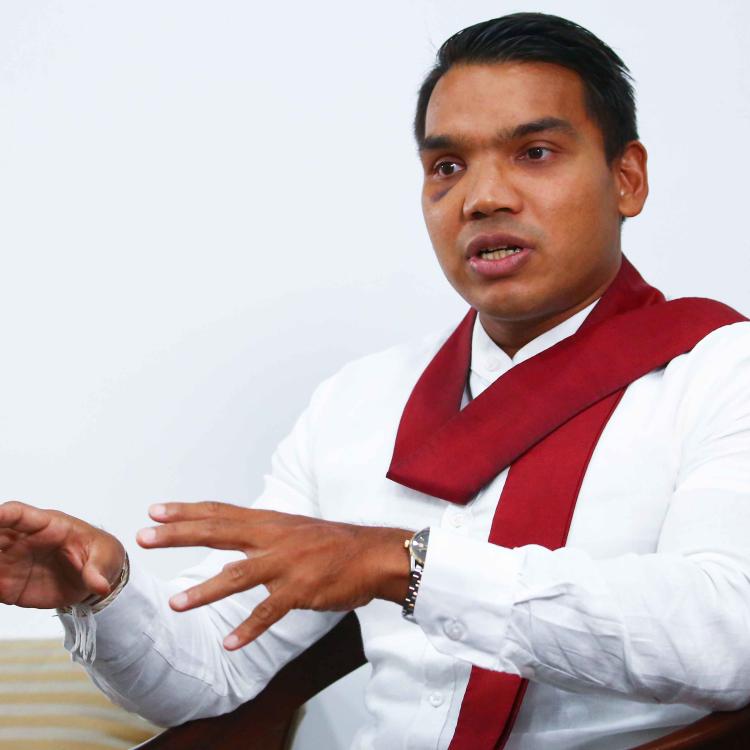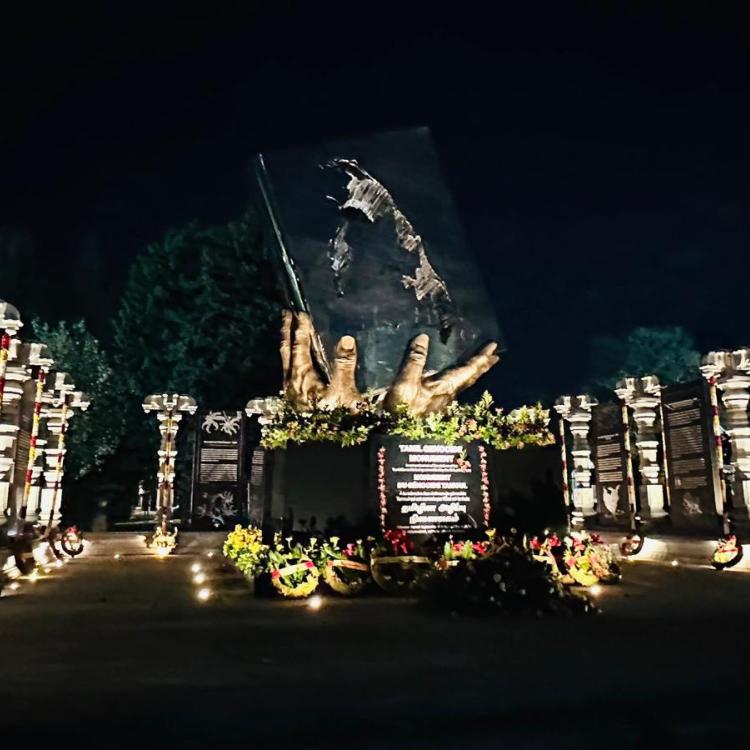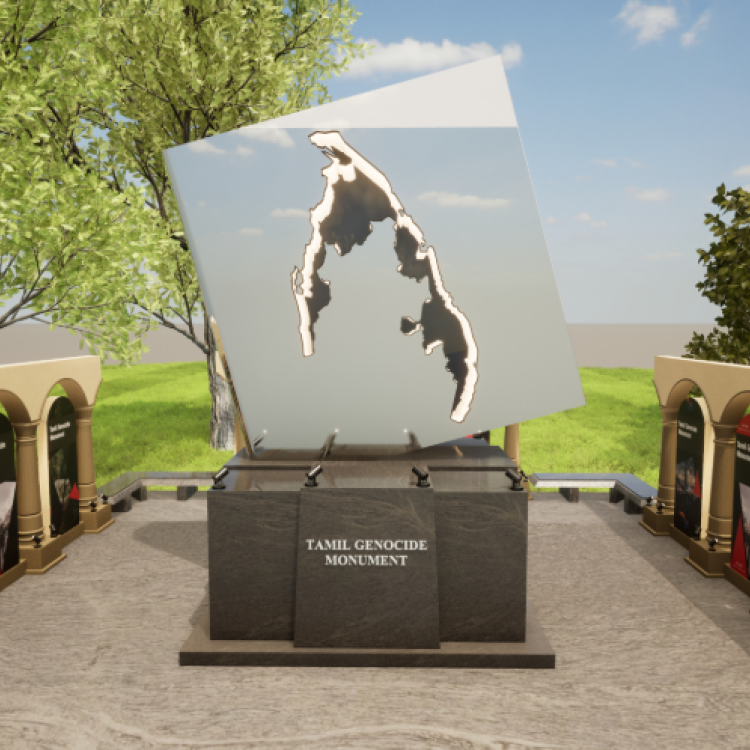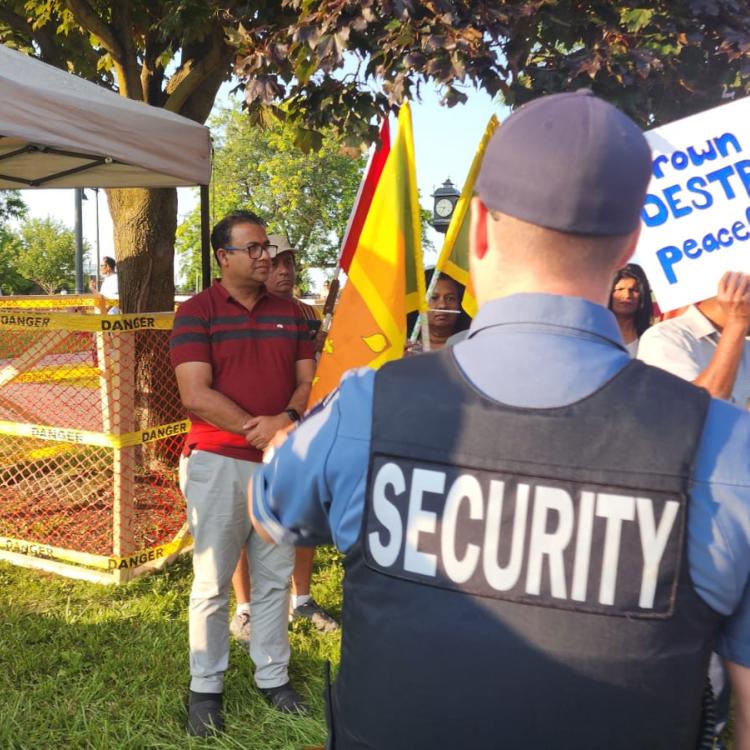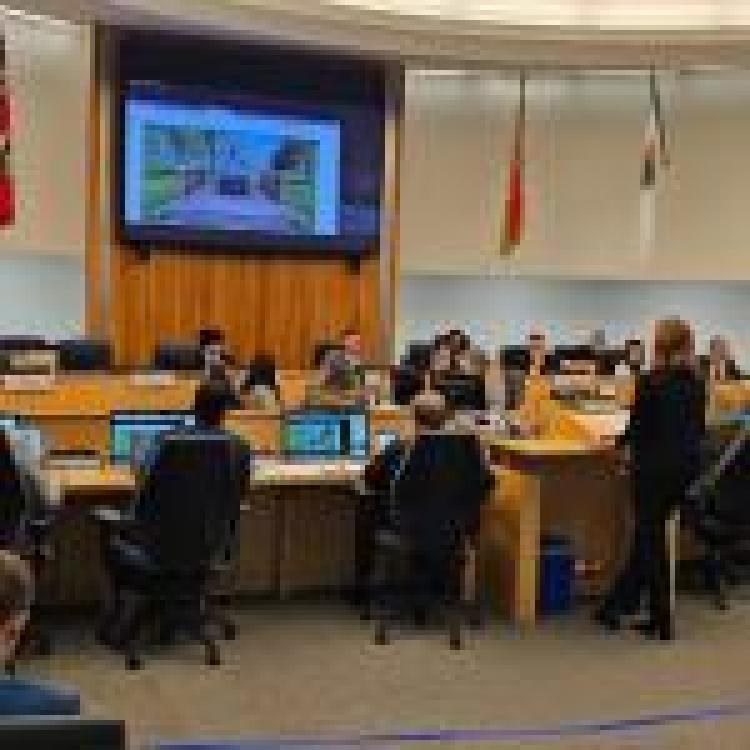.jpg)
The Sri Lankan government summoned the Canadian High Commissioner in Colombo this week to formally object to the recent unveiling of the Tamil Genocide Monument in Brampton, Canada, escalating diplomatic tensions over growing international recognition of the Tamil genocide.
Sri Lanka’s Minister of Foreign Affairs, Vijitha Herath, confirmed via social media that the government had conveyed its “strong objections” to what it called “unfounded genocide allegations” and condemned Canada’s approval for the monument’s construction.
“The strong objections of the GoSL to the unfounded genocide allegations and the approval for constructing such a monument, was conveyed to the Canadian High Commissioner in Sri Lanka today, at the Foreign Ministry,” Herath said in a statement posted on X (formerly Twitter).
“I further emphasized that such actions would hinder and complicate the government’s ongoing efforts to promote national unity, reconciliation, and lasting peace among Sri Lanka’s diverse communities,” he added.
.jpg)
"The Government of Sri Lanka has repeatedly expressed its strong objections to the construction of a so-called Tamil Genocide Monument at Chinguacousy Park in Brampton, Canada," said an official statement from the Ministry of Foreign Affairs. "It has consistently urged the Federal Government of Canada to intervene and prevent this regrettable initiative by the Brampton City Council."
Herath’s comments follow calls from Namal Rajapaksa, parliamentarian and son of former president Mahinda Rajapaksa, who earlier this week demanded the government to summon the High Commissioner in protest. Rajapaksa labelled the monument a product of “false genocide narratives” and accused the Canadian government of being “influenced by factions within the Tamil diaspora.”
The monument, unveiled on 10 May in Brampton’s Chinguacousy Park, commemorates the Tamil victims of genocide committed by the Sri Lankan state. It features nine engraved panels — each representing a district in the Tamil North-East — detailing atrocities committed since 1948. The structure also includes a map of Tamil Eelam and a large book-shaped sculpture symbolising the importance of documenting and educating the world about Tamil genocide history.
The Sri Lankan state continues to deny any wrongdoing, despite mounting international evidence and widespread documentation of atrocities committed during the final months of the war in 2009. These include the shelling of government-declared No Fire Zones, attacks on hospitals and food distribution lines, enforced disappearances, and the systematic deprivation of food and medicine to Tamil civilians in the Vanni.

